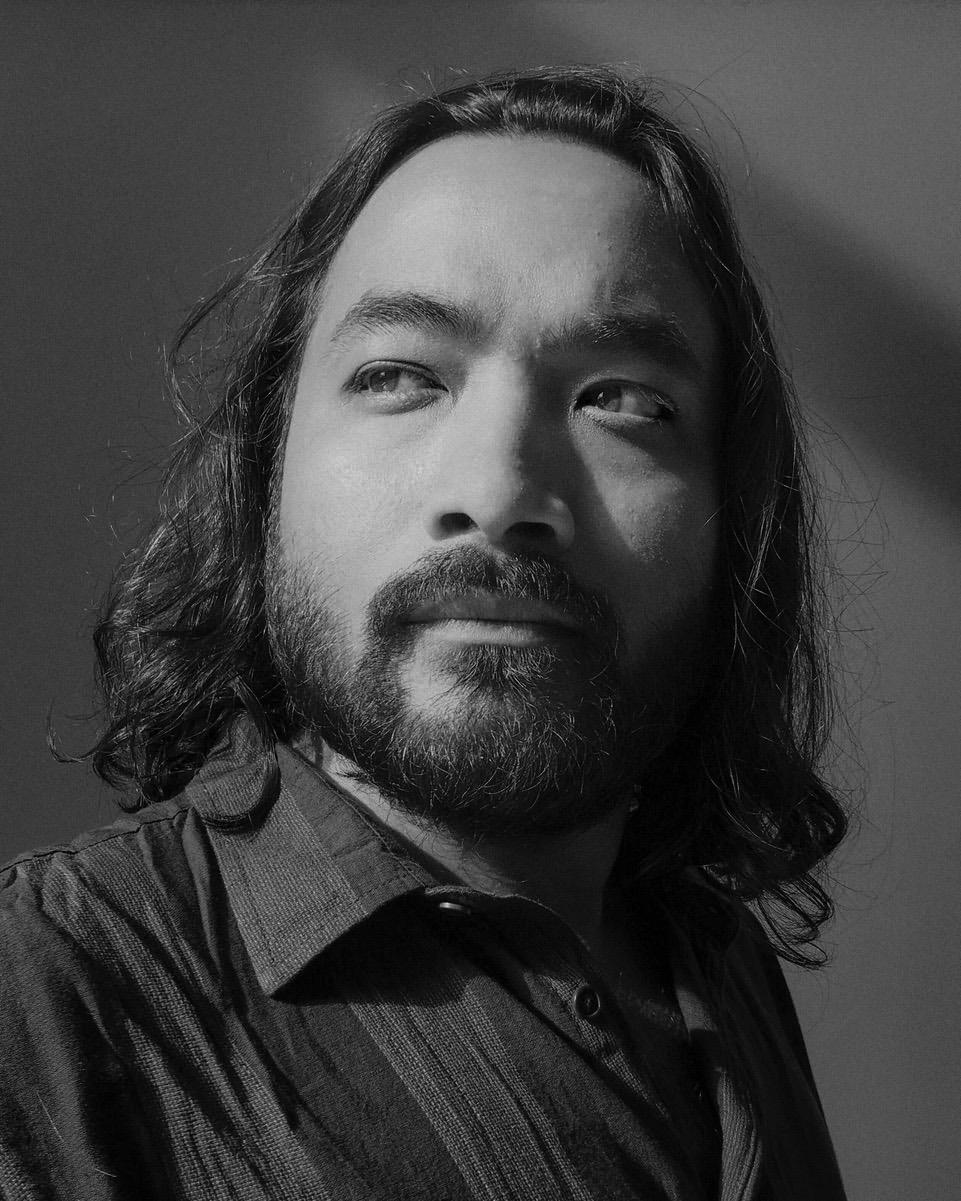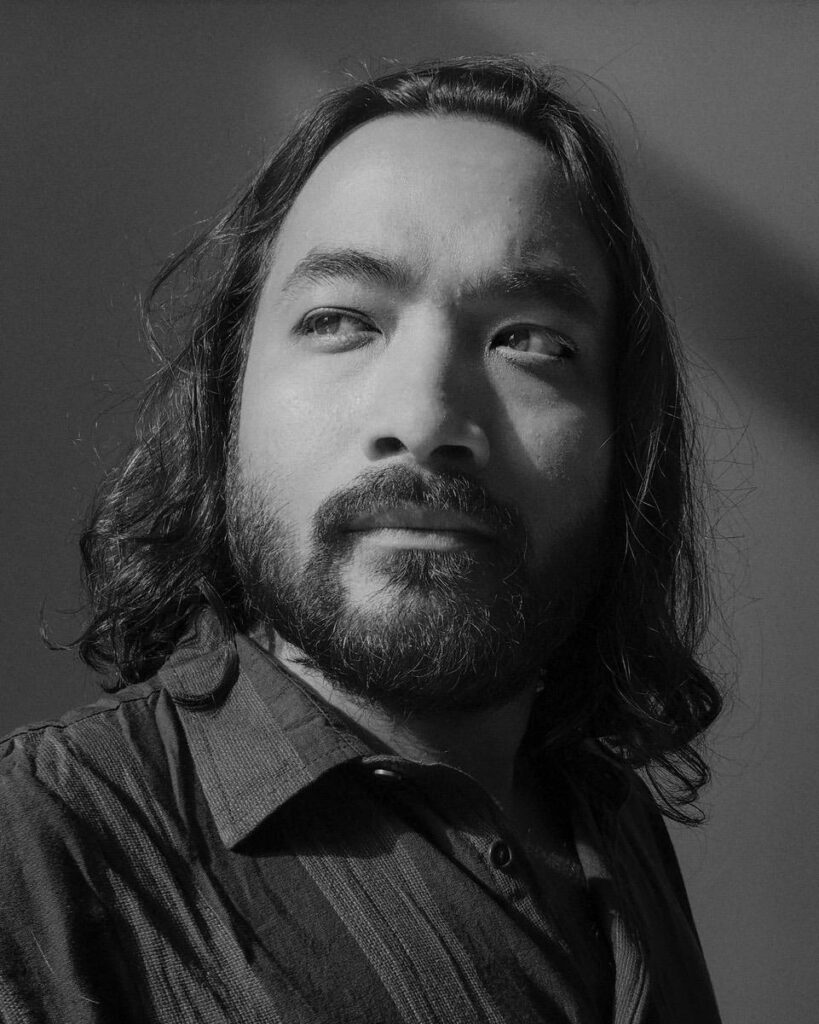The US-based Bangladeshi photographer, Ismail Ferdous, has won this year’s 43rd Leica Oskar Barnack Award (LOBA) main category. Ziyi Le, a Chinese photographer, won the newcomer category.
Both winners were honoured at a ceremony on October 12th, at the Ernst Leitz Museum in Wetzlar.
Dimitri Beck and James Wellford nominated Ferdous’s Sea Beach series. The Fudan University School of Journalism, in Shanghai, nominated Le’s New Comer series. A five-person jury chose the winners.
Ismail Ferdous
Ismail Ferdous was born in Bangladesh, in 1989, and currently lives between New York City and Bangladesh. He is a member of the Agence VU’ in Paris. His work is committed to social, cultural and humanitarian themes. He first got involved with photography while studying at business school in Dhaka.
Ferdous made a powerful photographic statement following the collapse of the Rana Plaza clothing factory in Dhaka in 2013. This was one of the worst industrial disasters in Bangladeshi history, which killed more than 1,100 workers. His documentary film and photo projects, “The Cost of Fashion” and “After Rana Plaza,” brought to light the devastating effects of the “fast fashion” industry.
His photography has also dealt with the issue of migration and flight on four continents. Ferdous works for a number of prestigious newspapers and magazines, and his work has received numerous awards.
Images courtesy of Leica
Ismail Ferdous: “The beach at Cox’s Bazar represents a popular escape into nature for an overpopulated country. It’s a place where anyone, from any level of society, can afford to take a holiday. The lack of a sense of urgency is noteworthy, as though time itself is begging people to abandon all their burdens and go to the beach. Winning the LOBA has not only brought immense joy to my day, but it has also made this entire year truly exceptional. This triumph stands as a testament to the unwavering belief and passionate dedication that I have devoted to my craft.”
Ziyi Le
Ziyi Le was born in Fujian, in 1993, and currently lives and works as a freelance photographer in Yunnan. He began his LOBA project in March 2020. He had moved to Hangzhou for professional reasons, but became bored with the routine of his job. This inspired him to develop this portrait series of his own generation.
Ziyi Le: “Throughout my whole time growing up, I had little communication, and was alienated for a long time, thereby giving rise to a sense of being in the middle of nowhere. Out of a basic instinct as a photographer, I decided to explore the similar void in the state of mind of young people like me, scattered in different cities, to see their faces as well as explore my deep self-doubt.”
Images courtesy of Leica
The Leica Oskar Barnhart Award Jury
Karin Rehn-Kaufmann, Art Director and Chief Representative of Leica Galleries International, said: “On behalf of the full LOBA 2023 jury (Caroline Hunter, Photo Editor, The Guardian Saturday magazine, Great Britain; Whitney Hollington Matewe, Photo Editor at TIME magazine, USA; François Hébel, Curator, France; and Luca Locatelli, Photographer, Italy), I would like to sincerely congratulate this year’s winners of the Leica Oskar Barnack Award.”
She went on to say: “Together, and with mutual appreciation, the jury completed the demanding task of selecting the finalists and winners. The outcome reveals a LOBA edition with particular strength, diversity and touching series.”
The LOBA is one of the most prestigious and highly endowed awards in the field of photography: the winner of the LOBA receives 40,000 euros and Leica camera equipment valued at 10,000 euros; the winner of the Newcomer Award receives 10,000 euros and a Leica Q3.
The award-winning photographs will be on display at the Ernst Leitz Gallery in Wetzlar, as part of an exhibition of all twelve short-listed series. The exhibition will then go on tour to Leica galleries around the world.
Read about the 2022 Leica Oskar Barnack Award
Join the Macfilos subscriber mailing list
Our thrice-a-week email service has been polished up and improved. Why not subscribe, using the button below to add yourself to the mailing list? You will never miss a Macfilos post again. Emails are sent on Mondays, Wednesdays, and Fridays at 8 pm GMT. Macfilos is a non-commercial site and your address will be used only for communications from the editorial team. We will never sell or allow third parties to use the list. Furthermore, you can unsubscribe at any time simply by clicking a button on any email.














Well, I’m the other side of the coin on this one 😳.
I find the Ferdous winning images to be quite interesting and enjoyable, having looked into each one individually on full screen.
Subject matter somewhat unexpected, colour wash is evocative, they are a pleasure to see in a world where joy seems to be currently in short supply.
Oh well…….
I’ll stick my neck out and say they look like random snapshots taken by someone who doesn’t know how to effectively communicate their intentions in visual terms.
“The lack of a sense of urgency is noteworthy” and “As though time itself is begging people to abandon all their burdens and go to the beach” Gosh! Really? Are we looking at the same images? Surely there MUST have been better quality entries than these?
Is this a joke? Those are some pathetic photos and they win an award? Was it because no one else entered?
Hi HamRadio77. Our policy is to report these events in a neutral manner, i.e., just the facts as relayed to us by Leica. I have to say though, I was surprised at the photographs which apparently won Ziyi Le the Newcomer Award. All the best, Keith
On deeper reflection, these photographs do give me some hope that my grandmother’s mundane pictures of donkeys on the beach at Cleethorpes can win a prestigious award in the next contest. You never know.
Donkeys and the beach at Cleethorpes are certainly not on the Generation Z agenda. Far too intellectual and too close to home for the jury, however good the pictures. Your granny will have to go un-LOBA’d.
Ha ha! She’ll be so disappointed.
Hi HamRadio77,
none of us will ever understand the wisdom of an award jury.
Greets Dirk
As the Chair of a photo gallery/museum I can say that our Board never interferes with curatorial or judging decisions. These competitions are, however, generally about story-telling with pictures and not about superior imaging e.g. “look at what my uber megapixels camera and giganticron lens can produce”. Nor are they about superior photographic technique. They are simply about telling stories with pictures. Once you get a handle on that, the decisions of juries might be easier to understand. However, there has to be a subjective (selective) element in all of this and if everyone agrees on what is the best picture or set of pictures, then the whole process would become pointless. I hope that this helps.
William
Thank you William,
it helped. Still, some decisions remain a mystery to me, but that’s the highly subjective part.
Greets
Dirk